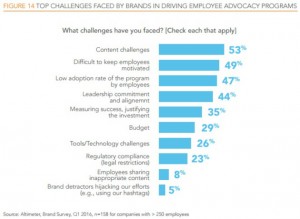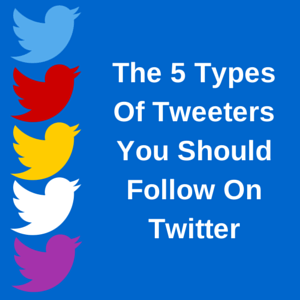— August 21, 2017

On LinkedIn, top tech professionals are regularly greeted with an unruly mob of job opportunities in their inboxes. Whether the majority is relevant to their career goals or misses the mark depends on how each LinkedIn profile is written. Used correctly, this social media platform can be a beacon guiding you to get dream job opportunities coming your way – without too much effort on your part. Here are three tips for your next LinkedIn profile makeover that will increase the quality of job opportunities you get from hiring managers and recruiters.
1.) Know Your Target Audience
We each have our dream job in mind. You probably get an instant picture of a specific project, industry, or environment where you would be happy working every week. Yet to attract those types of roles in the first place, you need to have a firm understanding of your dream company’s goals, culture, and pain points. Moreover, that knowledge needs to come across as you write your LinkedIn profile.
What exactly is your target audience going to be looking for? It varies between companies, but there are certain considerations to keep in mind for each section.
Keywords – Your profile’s visibility correlates with how well you use technical and industry keywords within your profile. This doesn’t mean stuffing keywords into your profile, but rather placing them strategically. Highly searchable LinkedIn profiles do two things very well: highlight specialties within their summaries and name drop technical terms relevant to each job in their work history. Referencing established programming languages, niche skills, and technical projects when applicable increases your odds of being seen by the right company.
Tone – First impressions impact hiring managers and recruiters. Your LinkedIn profile is that first point of contact, and should not only reflect your ability to overcome companies’ obstacles, but show you are the right fit for their culture. Hitting that right tone in the summary is crucial. Tech innovators and startups that crave bolder personalities appreciate a bit of irreverence or charm in their subject matter experts. Healthcare providers and financial companies tend to prefer summaries that suggest your interactions with stakeholders will be characterized by professionalism and composure. Reflecting your dream job’s values in your write up doesn’t hurt either.
2.) Catch Them with Your Headline
Many LinkedIn users default to their official title for their headline. In the process, they miss the extra marketing potential the full 120 characters of a LinkedIn headline provides. You don’t need to cram the headline with information, but there’s more you can include in your headline that increases the likelihood decision makers will find you and take the first step towards contact.
Let’s take a hypothetical LinkedIn Profile headline:
UX Designer at ABC Inc.
Concise, but not well-optimized. What should be included in the LinkedIn headline depends on a few different factors:
Does your current role differ from your dream role? Your headline should be forward thinking. If you are officially a UX Designer but have taken on Project Management duties to grow your skills, confidently convey that. It’s like dressing for the job you want rather than the one you have.
Do you want to be perm or contract? The types of roles you want can be communicated in your LinkedIn headline. If you are interested in becoming an IT contractor, saying it in your headline filters out opportunities for permanent positions.
Are you showing your expertise? Recruiters are drawn to unique technical experts. Showing that effectively in the headline takes finesse. Talking about deliverables (increased delivery speed by X%, decreased bugs by Y%, increased efficiency by Z%) or specialization within an industry (Healthcare IT Project Manager, Oil & Gas Data Analyst, Financial Cybersecurity Specialist) goes a long way to fine-tuning the opportunities you get.
How might that headline look now?
UX Designer at ABC Inc. / Healthcare IT Project Manager / IT Contractor
This LinkedIn headline messaging is not only more searchable, but it narrows the types of positions recruiters will send down to those you actually want.
3.) Attract Recruiters Using the Open Candidates Feature
Passive candidates are in a precarious situation. Though you might be content with your current job, you don’t want to miss out on the right opportunity. Yet advertising your receptiveness to new opportunities isn’t something you openly admit to current employers. Now LinkedIn offers you their Open Candidates feature, giving you the option to send your message to targeted employers and recruiters without opening the floodgates.
Open Candidates works easily enough. LinkedIn users are able to access the feature under the Jobs tab by clicking on Update Career Interests. From there, it’s easy to click the toggle switch to let recruiters know that you are open to new positions without alerting your employers. Additionally, you can specify which types of positions, titles, locations, and industries interest you. It’s a quick and simple way to increase the types of roles you want and diminish those you don’t.
Improving Your Opportunities After Your LinkedIn Profile Makeover
Maximizing your LinkedIn profile is only the beginning of how you can improve the types of job opportunities you receive. Building your professional network with connections in your desired industry, with specific companies, or in the staffing industry can help to funnel the right types of positions to you. Plus, if you connect with recruiters, you get the added bonus of having someone working to find your next job.
Digital & Social Articles on Business 2 Community
(83)






